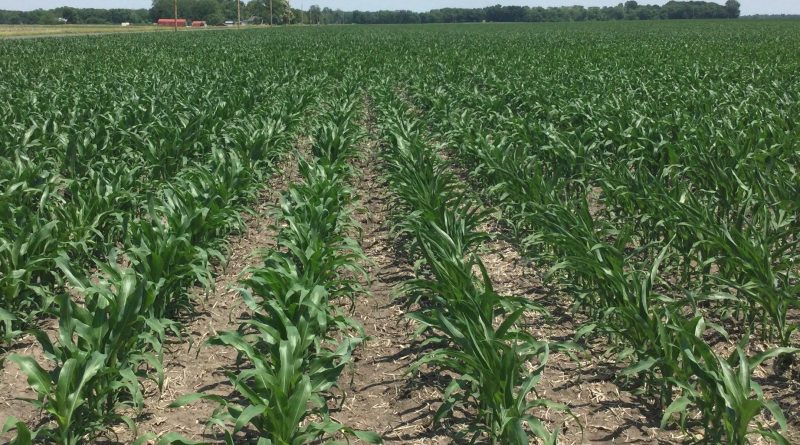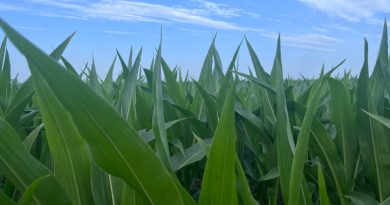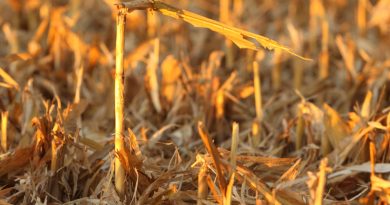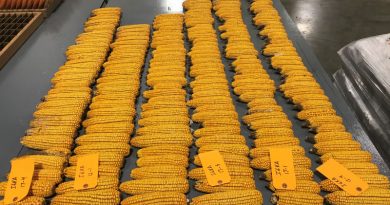Seasonal Crop Stress
This year was accentuated by early drought crop stress felt to different degrees by everyone in our footprint. The factors that affected how poorly crops responded varied. These additional factors attributed to making this year less successful than anticipated. Let’s investigate a few of the factors that made the drought worse for some.
Water Holding Capacity: This aptly named characteristic of our soils is defined by the ability of certain soil textures to physically hold water against the force of gravity. This typically contributes to a soil’s productivity. In a season with varying times of drought stress, soil water holding capacity is vital. Soils with higher water holding capacity are able to weather extended dry periods and keep the crop in better condition, leading to more yield.
Soil Compaction: Crops can be affected in multiple ways by soil compaction. For one, compacted soil can have lower water holding capacity due to disruption of the typical soil structure. Compact soils can also lead to poor, confined root structures. This can limit plants’ ability to collect water and nutrients. Reduced available soil moisture and root growth, combined with drought stress, led to compacted areas being more affected in a year like this.
Minor Mistakes: This season, I witnessed many situations that would have little affect if they were to happen in a season with adequate rainfall. However, with the conditions of this year these same situations led to drastic reduction in production. Anything that contributed to extra drying of the soil during germination led to poorly timed germination, reduced seedling vigor, reduced stand, and overall crop health. Examples that I witnessed this season included extra or poorly timed tillage, ill-timed cover crop termination, and planting into dry soils.
Timing of Drought Conditions: The single most impactful factor in how crops produce in a drought year is the timing of the drought. The duration of drought conditions combined with the growth stage of the crop during these conditions impacts overall production. The longer we experience drought conditions, the greater effect it has on yield, but the stage of the crop during these times is key. If drought conditions persist into the reproductive stages of the crop, we see larger effects on yield. In the early vegetative stages, we can lose 1-3% of yield per day of stress but during the later pollination and reproductive stages the yield loss per day can increase to 3-9%. We have witnessed this effect this year, specifically on early planted corn. Hybrids that pollinated later in the season, after much of our area received a respite from the drought, performed better than shorter season hybrids with similar planting dates.
The above factors are not an all encompassing list, just a few examples of stresses that can add onto an already stressed crop to multiply the effects. Be mindful that additionally stressed acres are most likely where you witnessed low yields this season and were most drastically affected this year.
written by Chris Brown, CCA – Burrus Seed Field Agronomist






